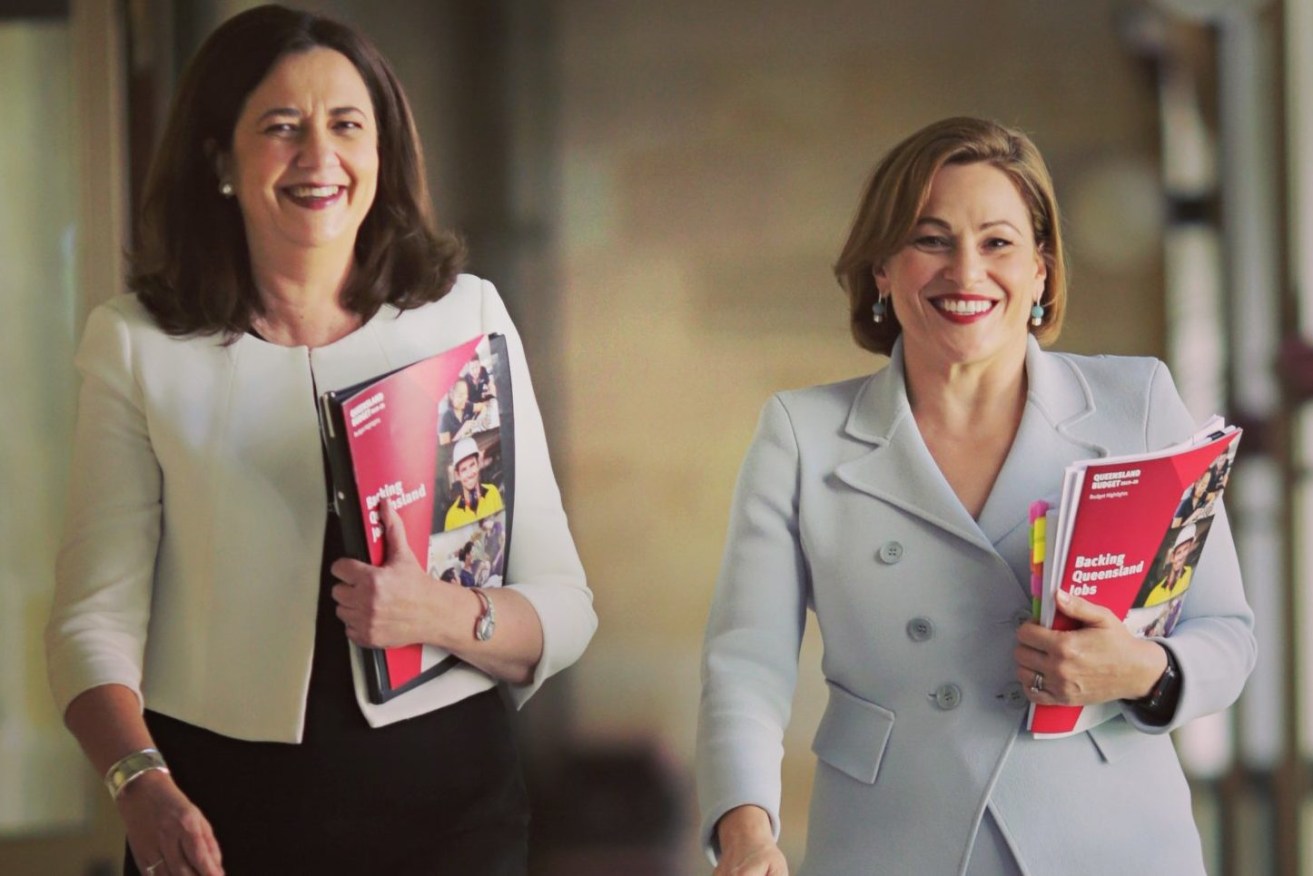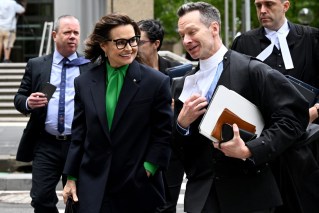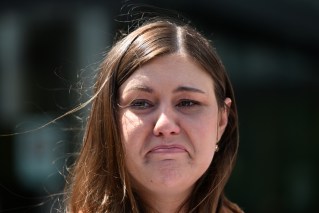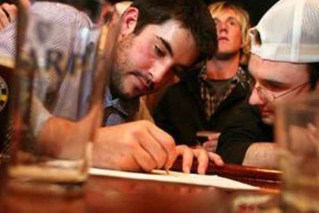How the COVID factor is helping Premier thread the re-election needle
The rush to major parties in times of crisis has delivered Premier Annastacia Palaszczuk a clearer path to retaining the keys to One William Street, writes Dennis Atkins


Premier Annastacia Palaszczuk and Treasurer Jackie Trad ahead of the last Queensland Budget. (Source: Jackie Trad, Facebook)
The trajectory of politics in this head-spinning COVID-19 health and economic crisis provides Queensland Premier Annastacia Palaszczuk with two improved pathways towards victory at the scheduled October 31 poll.
She has a new voice through leadership in a time of great challenge and the polarisation of the electorate means this year’s state election will be much more of a head-to-head contest between Labor and the LNP.
If Palaszczuk can continue to build her leadership strengths and the minor and fringe parties are marginalised, Labor can thread was looking like an impossible needle just two months ago.
So far, the politics of the COVID-19 crisis have developed according to the textbooks. At a time of great fear and uncertainty, an uneasy voting public has rallied around the flag – in this case the national leader, Scott Morrison, and state leaders.
Morrison is recording unprecedented approval numbers (68 percent approval and 56 per cent preferred PM), as you would probably expect in an unprecedented event where unknowns abound. This week’s Newspoll found a level of support higher than the already historic high seen at the beginning of the month.
While this level of support can evaporate with any jarring events or the loss of patience on the part of the voters, we can assume Morrison’s high numbers will endure into June. Like the virus itself, possible trends in public support in these times are impossible to model because we’ve never seen anything like this before.
All state premiers have also seen their approval numbers climb – with three (Tasmania’s Peter Gutwein, Western Australia’s Mark McGowan and Victoria’s Daniel Andrews) towering over Morrison’s high number.
Palaszczuk lags the field in the latest Newspoll with a 55 per cent satisfaction rating and 72 per cent of Queenslanders saying she’s doing well handling the crisis. The fact these high results are at the bottom of the tables shows just how much people want our leaders to succeed.
The other “as to be expected” trend is that the general political contest between the major parties has remained unchanged – sitting at around 50/50 in two-party preferred percentage terms. This is similar to the result of last May’s election.
Inside that even split is a narrowing of the contest in terms of primary votes. Labor is on 36 per cent – about where the party was on election day – while the LNP has jumped from 38 per cent to 41 per cent. The minor parties and others had 23 per cent of the vote, down slightly from the previous survey.
It does appear from the last two Newspolls that the electorate is gradually polarising, as you’d expect at a time of national crisis.
When serious issues confront a nation, fringe and minor parties are usually ignored by voters. After all, the Greens, One Nation and the Animal Justice Party are hardly going to have any meaningful role sorting out this mess.
Unless this crisis persists at the current head-spinning intensity into 2022, this will not matter much at a national level because the next election is two years away.
However, it could have a significant impact in Queensland when its election is held in late October.
While the latest state polling shows the Palaszczuk Government has a difficult but not impossible task to win later this year, Labor would be greatly assisted if support for One Nation and any other conservative fringe groups, such as Clive Palmer’s vanity project, slumped.
Even a reduced Greens vote can help Labor because of the leakage of votes from that party to the LNP as we saw at last month’s Currumbin by-election.
Labor might have been struggling over the past 12 months – a trend exacerbated by the roiling controversies surrounding Deputy Premier Jackie Trad – the Opposition LNP has failed to make much headway with leader Deb Frecklington almost invisible.
The only way the LNP has remained viable has been through recycled preferences from minor and fringe conservative parties. This trend could be tempered if voters polarise their support behind the major parties and the biggest potential beneficiary would be the ALP.
More importantly, Palaszczuk needs to look at what’s behind the rise in her approval rating and the more than seven-in-10 positive rating on how she’s handling the current crisis.
Throughout her time at the head of the ALP, Palaszczuk has demonstrated she has qualities and strengths capable of leveraging her leadership into support for her government and party.
If she takes the public into her confidence, rewards success and uses empathy to warn against complacency or public antagonism, she could see that 55 per cent approval number climb further.
While no one wanted the COVID-19 crisis and we all want it gone, it is here. With that, it has changed the landscape for the Queensland 2020 election. It is now a real contest.













